Words Versus Deeds in Biden’s Indo-Pacific Strategy - War on the Rocks
Zack Cooper
10-13 minutes
For those watching for signs of the Biden administration adopting a more deliberate and strategic approach to Asia, last week delivered fodder for both optimists and pessimists, as the administration released its
Indo-Pacific Strategy. This is the White House’s first regional strategy — coming out before even the
National Security Strategy — so it deserves a careful reading. While the strategy sends many of the right signals, it is impossible to judge it in isolation from a decade of American promises about prioritizing Asia, which have too often gone unfulfilled.
As a senior official
said, the goal in releasing the document was to emphasize “the importance of the U.S. playing an affirmative, positive role in the region.” Indeed, the strategy is relentlessly optimistic, advocating a free, open, connected, prosperous, secure, and resilient region —messaging clearly intended for U.S. allies and partners in the Indo-Pacific. This is why it was released while Secretary of State Tony Blinken was in the region, where he had already
outlined the strategy last year.
This strategy is unlikely to make a splash in the United States, but that was not the intention. While it barely addresses China — the strategic issue of most interest to many Americans —those interested in the president’s China strategy will have to wait longer. Meanwhile,
observers continue to express concern that the administration’s
strategic objective regarding China remains unclear.
So, if this strategy is intended for an Asian audience, how will it be received there? Initial results
are mixed. Foreign government officials have privately told me that they appreciate the White House’s efforts to carefully craft and coordinate the strategy. And they are pleased that it was released despite ongoing concerns about a further Russian invasion of Ukraine. This suggests that the administration can “walk and chew gum at the same time,” as administration officials are
fond of asserting.
But Asian officials
worry about America’s ability to turn these words into action. This strategy, like other recent documents issued by administrations from both parties, often appears more rhetorical than realistic. It reads more like a wish list than a strategy, which would require actual trade-offs. This is not a problem unique to the Biden administration. Like other presidents, Joe Biden has a
say-do gap problem. As a result, Asian observers have learned to focus not on America’s vision but its execution. Indeed, when the White House noted “longstanding continuity… across administrations and across parties” during the strategy’s rollout, many in Asia probably thought about Americans saying one thing and doing another.
What new actions does this strategy promise? The document highlights five objectives, which fall into three main areas: prosperity, security, and values. These match the three priorities that the Biden administration
presented in its
Interim National Security Strategic Guidance last year. A close reading of the
Indo-Pacific Strategy suggests that the commitments in each area are likely to raise as many questions as answers.
Consider the prosperity pillar, which regional players frequently call their top priority. Regional states welcome U.S. trade and investment, so there are many opportunities for deeper U.S. economic engagement. But both the Trump and Biden administrations have watched as China has struck trade deals involving most of Asia. The Regional Comprehensive Economic Partnership — of which China is a leading member — has now come into force. And Beijing has
indicated its intention to join the Comprehensive and Progressive Agreement for Trans-Pacific Partnership. A decade ago, the United States
argued that the Trans-Pacific Partnership was needed to ensure that China didn’t “write the rules” for 21st-century trade. Now, policymakers in Washington seem content to allow Beijing to do so.
One might have thought this would spur Washington to action. But all the Biden administration is offering is an
Indo-Pacific Economic Framework, which officials acknowledge would not include trade or investment liberalization. This has led some to
suggest that the administration “still has some homework to do on the economic dimension” of its strategy. After all, why would regional states agree to concessions on climate or labor standards if trade and investment liberalization are off the table? As a result, his framework has received a polite but disappointed reception from many in the region. The White House’s top Indo-Pacific official Kurt Campbell even
noted that the United States is competing not with one or two hands tied behind its back, but “maybe one foot tied back there as well.”
The White House has done its best to salvage a positive economic message, yet it appears that Washington is content to remain on the sidelines as Beijing integrates more deeply into the region’s economic order. The administration has wisely announced that it will host the Asia Pacific Economic Cooperation summit next year, but it will need to present
concrete proposals there. Otherwise, regional observers will see this as another sign of U.S. dysfunction, made worse by
reports of infighting between the National Security Council and U.S. Trade Representative.
Surely the administration must have more to offer on security and values. After all, despite Kurt Campbell’s concern about U.S. economic offerings, he has
said that “Our ticket to the big game has often been our military.” Admittedly, this document is not a China strategy nor a defense strategy. But it is meant to reassure the region of American reliability. Yet when it comes to security, the only new concept in the document is “integrated deterrence,” which the strategy calls “the cornerstone of our approach.”
What is integrated deterrence? How is it applicable to Asia? The answers to both questions are not entirely clear. Secretary of Defense Lloyd Austin
describes integrated deterrence as “using every military and non-military tool in lock-step with allies and partners.” But that is basic deterrence. If anything is new about this approach, it is the effort to emphasize the non-military elements of deterrence. Yet, relying more heavily on economic tools for deterrence is a suspect strategy when U.S. economic leverage in Asia is waning. Economic tools did not deter Xi from consolidating control over Hong Kong and are unlikely to deter action against Taiwan.
Rather than relying on catchphrases, the United States needs to counter China’s military modernization and growing assertiveness by bolstering actual U.S. military capabilities. Senior administration officials recognize this reality and should get credit for advancing cooperation with India, Japan, and Australia (known as the Quad) and inking a tripartite submarine and defense technology agreement between the United States, the United Kingdom, and Australia. Yet, the recent
Global Posture Review contained no major posture changes in Asia and questions remain about whether the Defense Department is prioritizing key elements of the
Pacific Deterrence Initiative.
Small shifts are occurring out of public view, but bold action is needed if the United States is to reassure anxious regional allies and partners. Indeed, despite all the Biden administration’s talk about cooperation with allies and partners, confidence in the United States as a strategic partner and security provider declined from 55 percent to 43 percent over the last year according to a
poll of Southeast Asian experts.
So, the prosperity and security elements of the strategy leave much to be desired, but what about the values component? The Biden administration’s
Interim National Security Strategy Guidance promised that “democracy is essential to meeting the challenges of our time.” But making democracy the core of U.S. strategy in Asia is difficult. After all, only three of the ten members of the Association of Southeast Asian Nations were even
invited to Biden’s Summit for Democracy last year. And few in the region are willing to listen to American admonitions about democracy when its basic principles are under threat in the United States.
Since centering the Indo-Pacific strategy on democracy would have been awkward, the Indo-Pacific strategy only mentions democracy a handful of times in its eighteen pages. This was probably wise, but it highlights a key contradiction: the administration says it prioritizes the Asian theater, and its core mission is to show that democracies can deliver. But these components don’t mix well.
This is not to argue that democracy is unimportant as a component of U.S. global strategy. Indeed, if the United States is to remain aligned with its allies and partners in Europe to confront China’s concerning behavior, it will need to capitalize on shared values. But the administration couldn’t put democracy at the forefront of the Indo-Pacific strategy for fear of this paradox. The resulting strategy reads well but is unfortunately unconvincing. It promises prosperity, but only advocates a nebulous Indo-Pacific Economic Framework. It commits to security, but merely repeats empty statements about integrating deterrence. And it asserts that values are critical, but downplays the importance of democracy in the region.
This is not to argue that the last year has been a failure for the United States in Asia. Indeed, the Biden team deserves credit for mending ties with several key
allies and
partners. It has also
provided vaccines to key regional allies and partners while championing cooperation to address climate concerns critical to the Pacific Islands. But the administration has also been
slow to nominate key officials and to host a long-awaited U.S.-ASEAN Summit. Worse still, Biden has not visited the region nor engaged deeply with many Southeast Asian leaders.
There is a lot of work to do to convince regional players that the United States is truly “back” in the Indo-Pacific. Asian observers know that U.S. leaders often talk a good game on Asia, only to become distracted by events at home or abroad. Asian observers now are looking for concrete actions rather than words. The test of the Biden team’s strategy for this critical region will not be its words, but the actions that follow.
Zack Cooper is a senior fellow at the American Enterprise Institute and co-director of the Alliance for Securing Democracy. He co-hosts the Net Assessment
podcast for War on the Rocks
.
For those watching for signs of the Biden administration adopting a more deliberate and strategic approach to Asia, last week delivered fodder for both
warontherocks.com


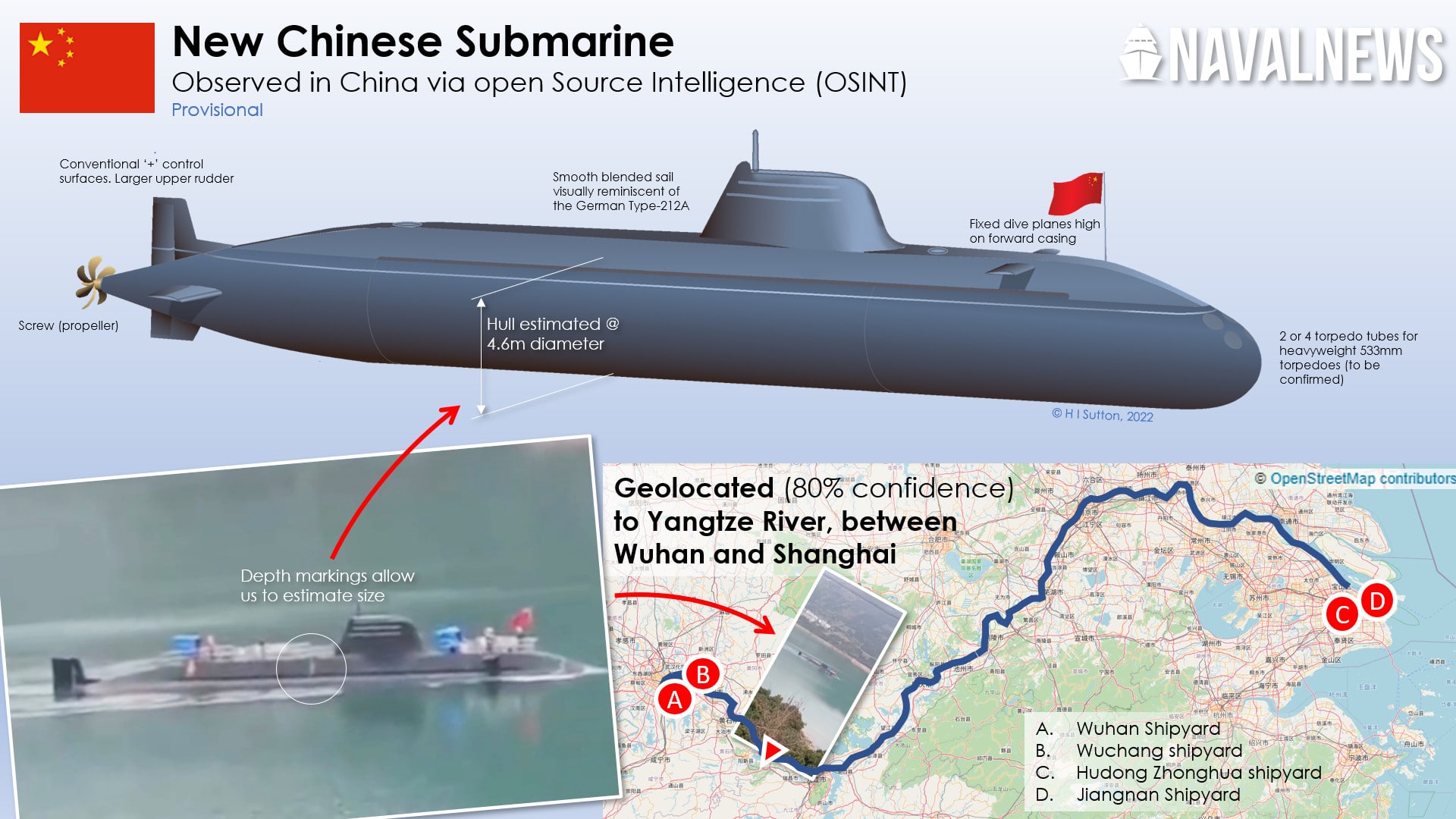



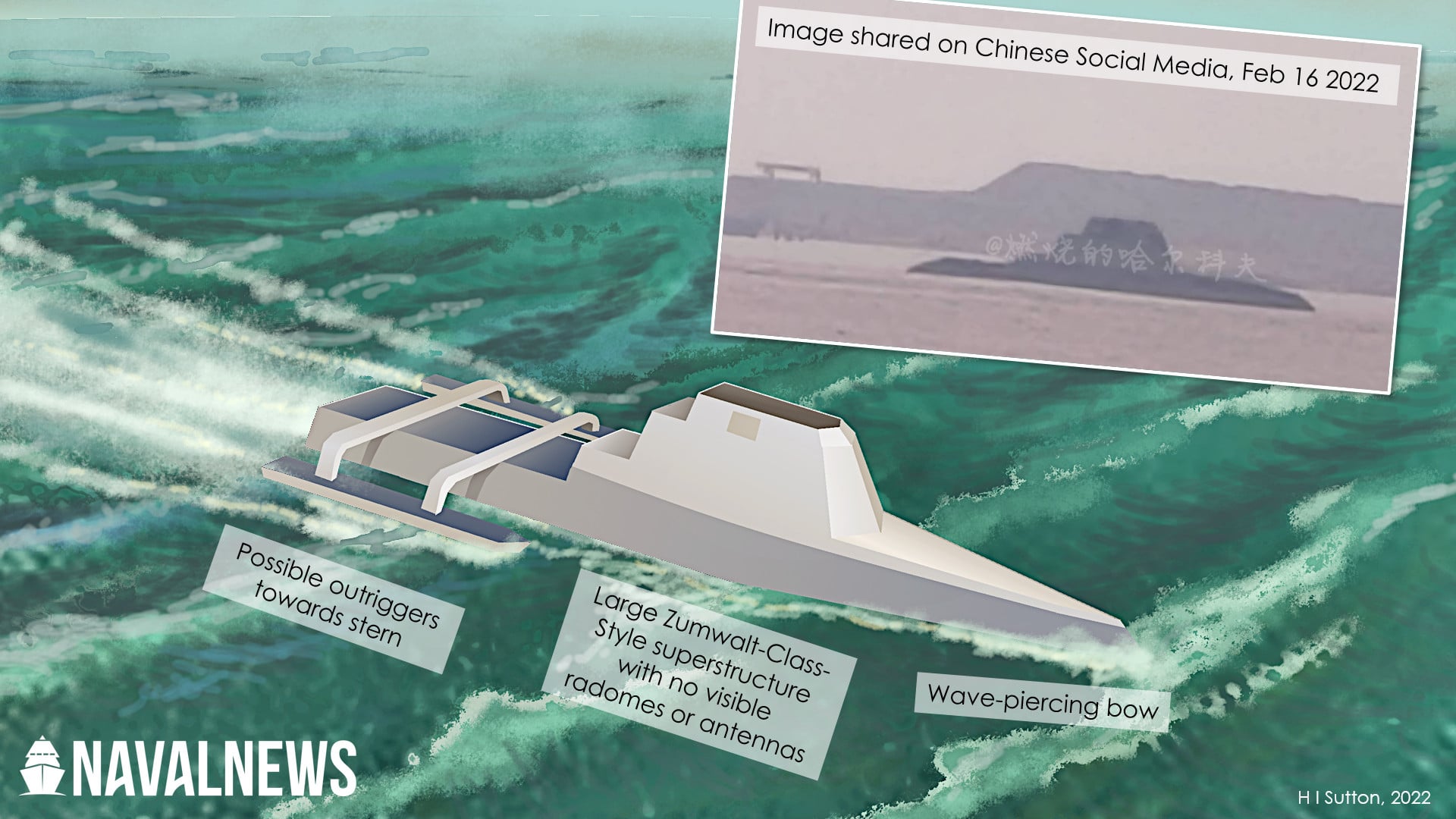


 efence Department
efence Department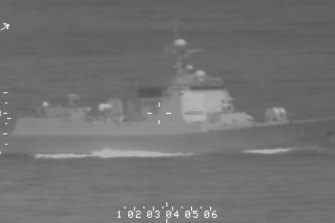
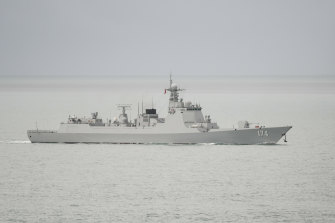


/cloudfront-us-east-2.images.arcpublishing.com/reuters/4LHXVKHI4BICDD3QC44VVCW6CY.jpg)


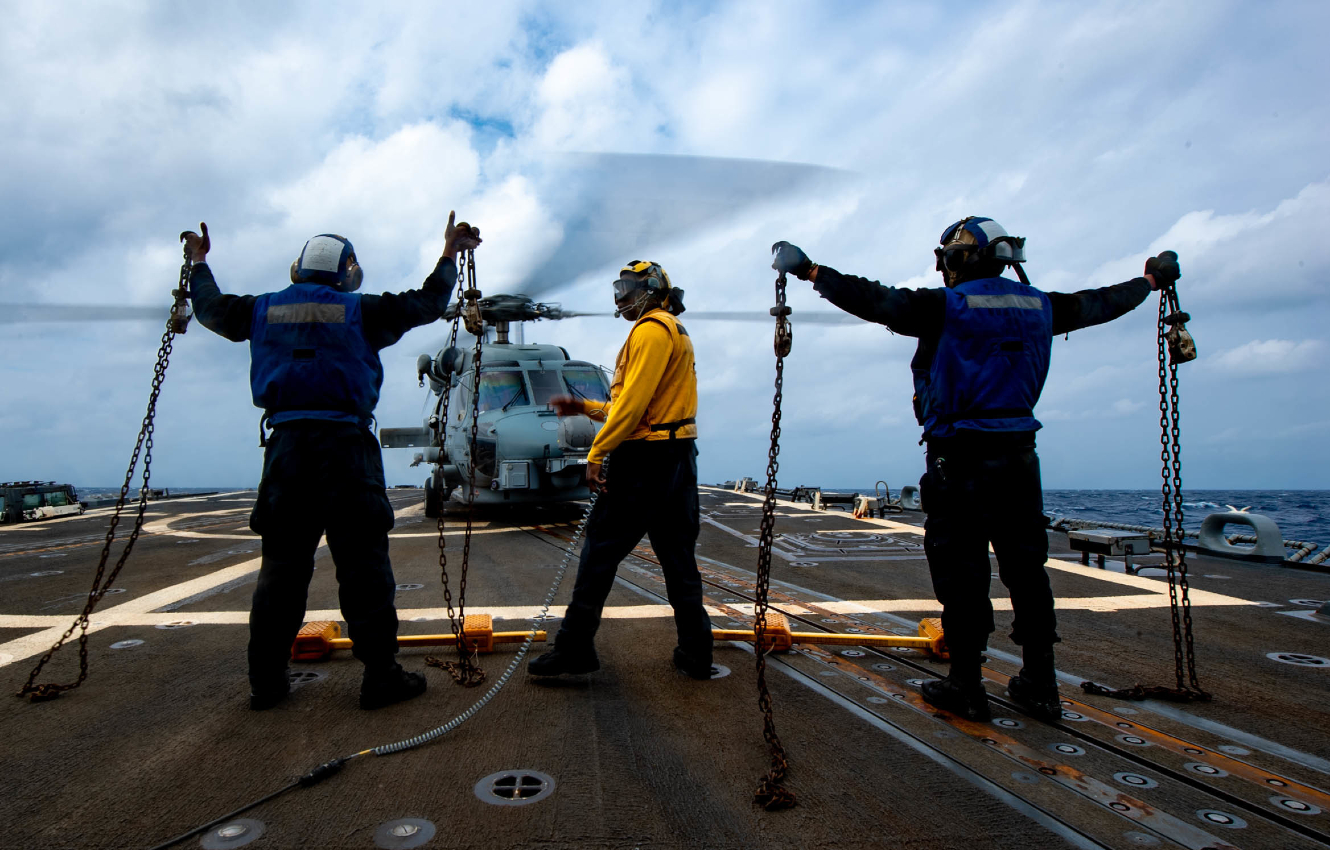





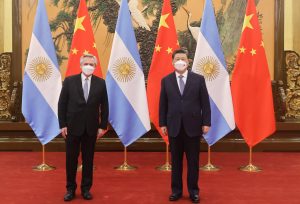



/cloudfront-us-east-2.images.arcpublishing.com/reuters/B5Z7FR5YMRMW7NW5O2RNJOP3WQ.jpg)